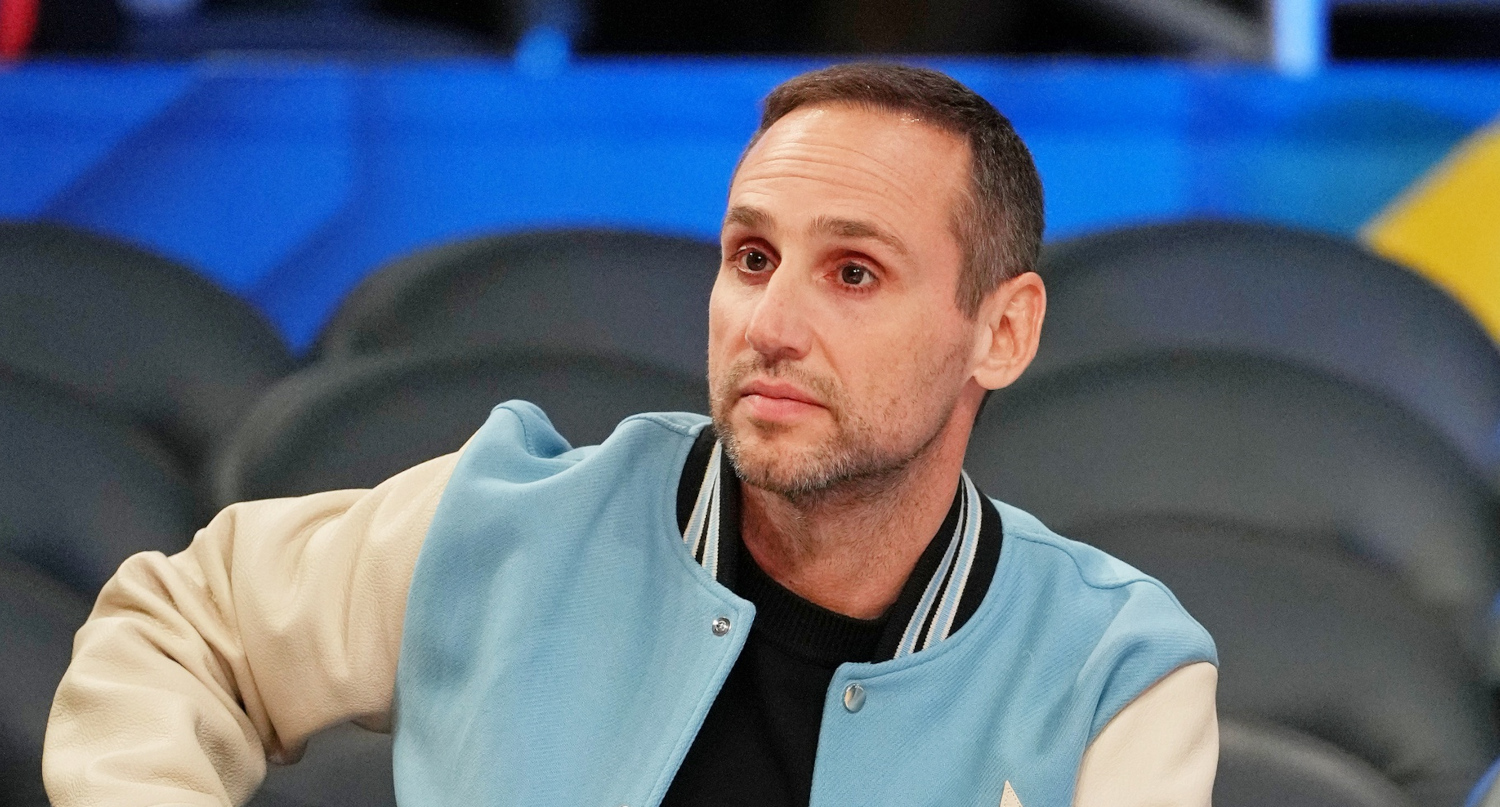ESPN may not be as worried about losing young people as sports fans as you’d think.
While many in the sports industry are scared that young people are watching and engaging with sports less than older generations, ESPN vice president of brand strategy and content research Flora Kelly believes sports consumption is simply evolving.
Beyond cord-cutting or shrinking attention spans, Kelly explained in an interview on the Sports Media with Richard Deitsch podcast released Monday that she believes younger people also feel sports fandom differently than their parents or grandparents.
“For the younger fan, their identity is very intersectional,” Kelly said. “So within that, sports plays a role, but it plays a role within their other interests. So what they’re doing on a day-to-day basis is, yes, they’re watching live games, you see that in the numbers that we are generating. But they’re also utilizing social media a lot. And they’re using it for sports.”
Kelly gave examples of regional, gender, and racial identity in the past year that she believes contributed to sports viewership of certain leagues and teams.
“If you think about just this past year and the rapid growth of women’s college basketball, but even like college football and what Deion Sanders was able to do with Colorado, and even … the Taylor Swift effect for the NFL,” Kelly said, “I don’t think that happens without social media. It creates a hyper-awareness for events and these cultural touchstones within sports that can now drive a rating and drive audience to a level that we haven’t really seen before.”
What does that mean for a sports league or a broadcaster? Well, what it means to distribute live sports and sports content is changing.
“We’ve got to be expansive around the way we’re defining fandom,” Kelly said. “Young people are fans. They are watching the NFL. But … the way they’re staying connected to it, social plays a big role in it. So I’m not seeing any stagnation or decline among younger fans, but I’m seeing the same trends in terms of how they’re fanning and how all these other platforms are supporting their love of sport and for the NFL.”
Just because a younger sports fan may not sit in front of a television for a game at the same rate they used to, Kelly and ESPN seem confident that they can still count those young people as sports fans. Measuring and analyzing the engagement of a fan like this will be different, and the industry will have to evolve to keep up with fans’ habits.
But Kelly sees it as a chance for imagination rather than panic.
[Sports Media with Richard Deitsch]







